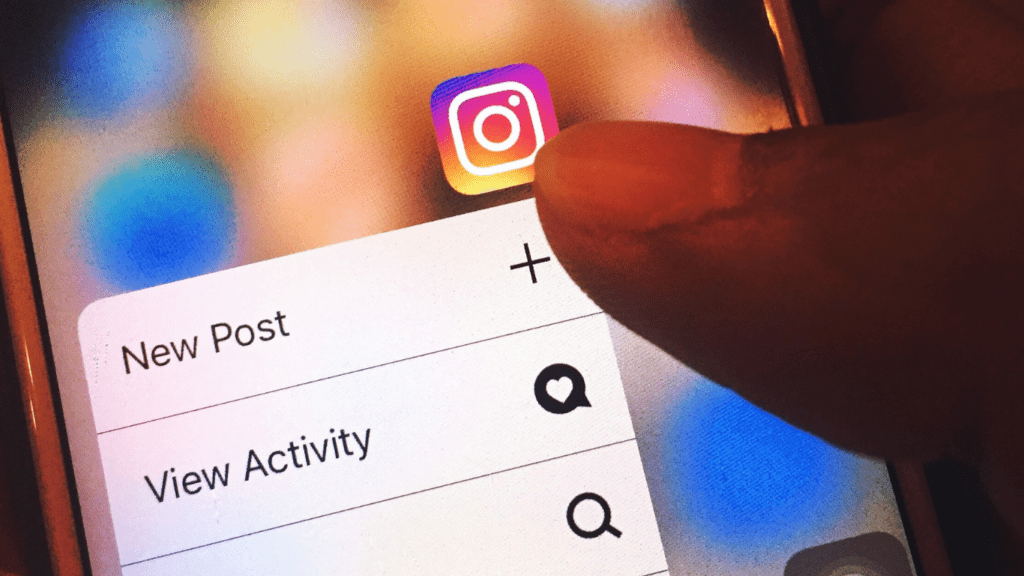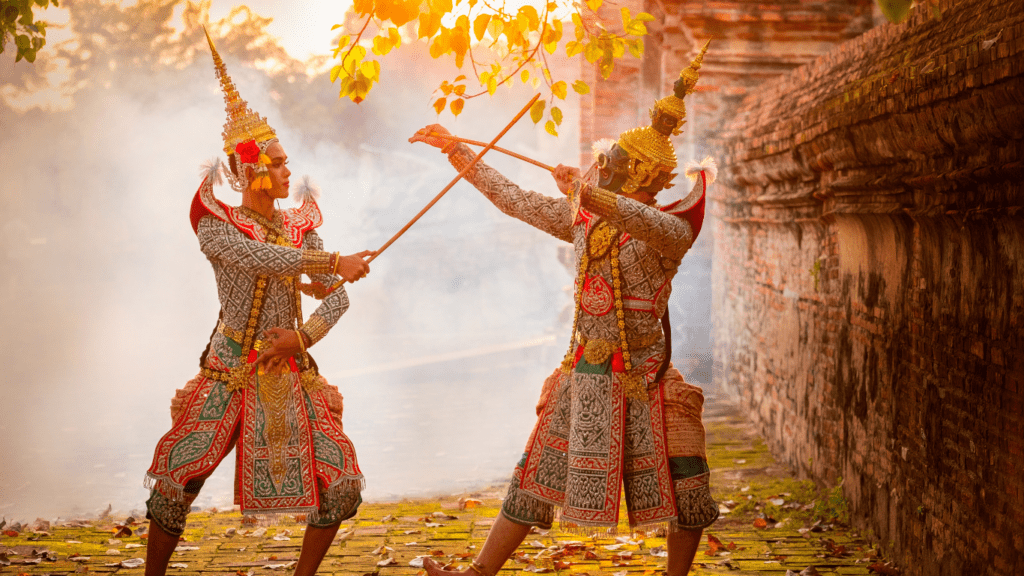Photography’s evolving faster than ever, and staying ahead means keeping an eye on emerging trends. With technology pushing boundaries and creativity reaching new heights, 2025 promises to be a transformative year for photographers. Whether you’re a professional or a passionate hobbyist, adapting to these changes can set your work apart.
From AI-powered tools to fresh storytelling techniques, the photography world is brimming with innovation. I’ve explored the top trends shaping the industry, helping you stay inspired and ready to embrace what’s next. Let’s dive into the future of photography and discover how you can stay ahead of the curve.
Why Staying Updated on Photography Trends Matters
- Anticipating trends directly impacts a photographer’s ability to innovate. I rely on emerging techniques and tools to produce work that stands out in a competitive field. As technology evolves, staying current ensures that my skills align with client expectations and creative demands.
- Embracing modern trends increases opportunities. For instance, knowledge of AI-powered editing or 3D mapping enhances the range of services I can offer. Diversified expertise appeals to broader audiences, leading to more projects and collaborations.
- Keeping informed safeguards relevance. Outdated methods limit growth and may alienate potential clients seeking cutting-edge solutions. By adapting my approach to align with industry shifts, I secure my position as a credible professional or content creator.
- Photography trends improve storytelling. Advancements like immersive VR images or dynamic drone footage redefine how I share narratives. These tools add depth and dimension, elevating the emotional connection in my work.
Emerging Technologies Shaping Photography in 2025
Advancements in technology continue to redefine photography in 2025. Emerging tools and innovations enhance creativity, speed, and precision for photographers of all levels.
AI-Driven Editing Tools
AI-powered editing tools streamline post-production processes by automating repetitive tasks and enhancing creative options. Software like Luminar Neo and Adobe Photoshop integrates features such as AI-based sky replacements, object removals, and facial corrections, making complex edits intuitive and time-efficient. Adaptive AI algorithms adjust lighting, color tones, and noise levels based on scene conditions, improving image quality with minimal manual input. Photographers can also use AI-generated effects to align images with specific artistic styles or branding guidelines.
Advanced Mirrorless Cameras
Mirrorless camera technology continues to dominate, offering compact designs and enhanced capabilities like real-time eye tracking and high-speed burst modes. Models such as the Canon EOS R5, Sony A7R V, and Nikon Z9 provide exceptional resolution with 45+ megapixels, improved dynamic range, and 8K video. Advanced processors in these cameras support faster autofocus and low-light performance. Integrated AI further supports subject recognition, enabling precise focus on humans, animals, or even vehicles across challenging environments. These innovations deliver unparalleled versatility for both still photography and video content creation.
Social Media-Fueled Photography Trends

Social media platforms influence photography trends by shaping how content is created and consumed. Staying ahead means mastering platform-centric formats and technologies.
Vertical Video Dominance
Vertical video has taken center stage on platforms like:
- TikTok
- Instagram Stories
- YouTube Shorts
Its popularity stems from its mobile-first design, capturing attention faster than traditional horizontal formats. I focus on creating dynamic vertical videos using smartphone-friendly compositions and motion effects. High frame rates and smooth transitions enhance engagement, ensuring content aligns with audience preferences on these platforms.
Instant Content Sharing Features
Photography is now about speed and accessibility with instant sharing being essential for success. Integrated tools like in-app editors and real-time collaboration features on social platforms streamline the creation-to-publishing workflow. I leverage seamless sharing options, such as direct uploading from camera apps to social media, to maintain relevance. Hashtag strategies and geotagging also boost content visibility, ensuring my work reaches larger audiences while staying connected to global trends.
Artistic Styles Redefining Modern Photography
Photography in 2025 is shaped by evolving artistic styles that challenge traditional norms. These trends reflect a deeper focus on creativity and individuality, redefining how stories are visually communicated.
Minimalist Compositions
Minimalism has become a prominent approach, stripping visuals down to their essential elements. By using negative space and clean lines, minimalist photography enhances subject prominence. Photographers increasingly focus on geometric forms, isolated subjects, or soft monochrome palettes to create a sense of calm and clarity. For example, a single subject against a white backdrop or an expansive landscape with a lone tree highlights simplicity. This aesthetic appeals to audiences seeking less visual clutter in an overstimulated digital world.
Vintage Aesthetic Revival
Vintage-inspired photography continues to gain traction, blending nostalgia with contemporary techniques. Grainy textures, sepia tones, and film-like imperfections are incorporated into digital imagery, recreating the charm of analog photography. Many photographers emulate 20th-century film stock styles or use light leaks and faded hues for an aged look. For instance, portrait sessions with muted lighting and retro props evoke timelessness while resonating with modern viewers. This trend speaks to a desire for authentic, emotionally rich visuals that connect past and present.




